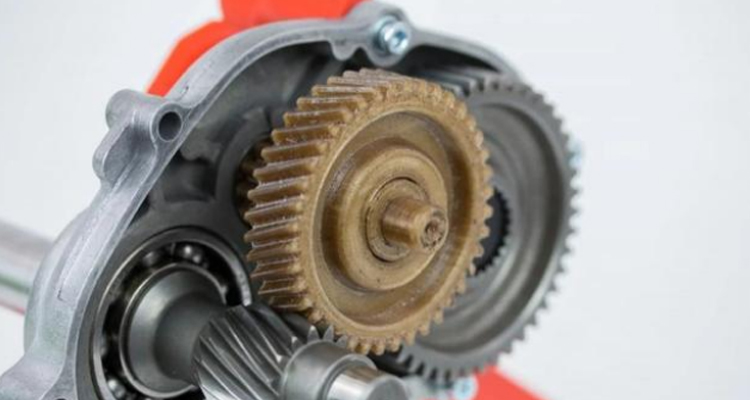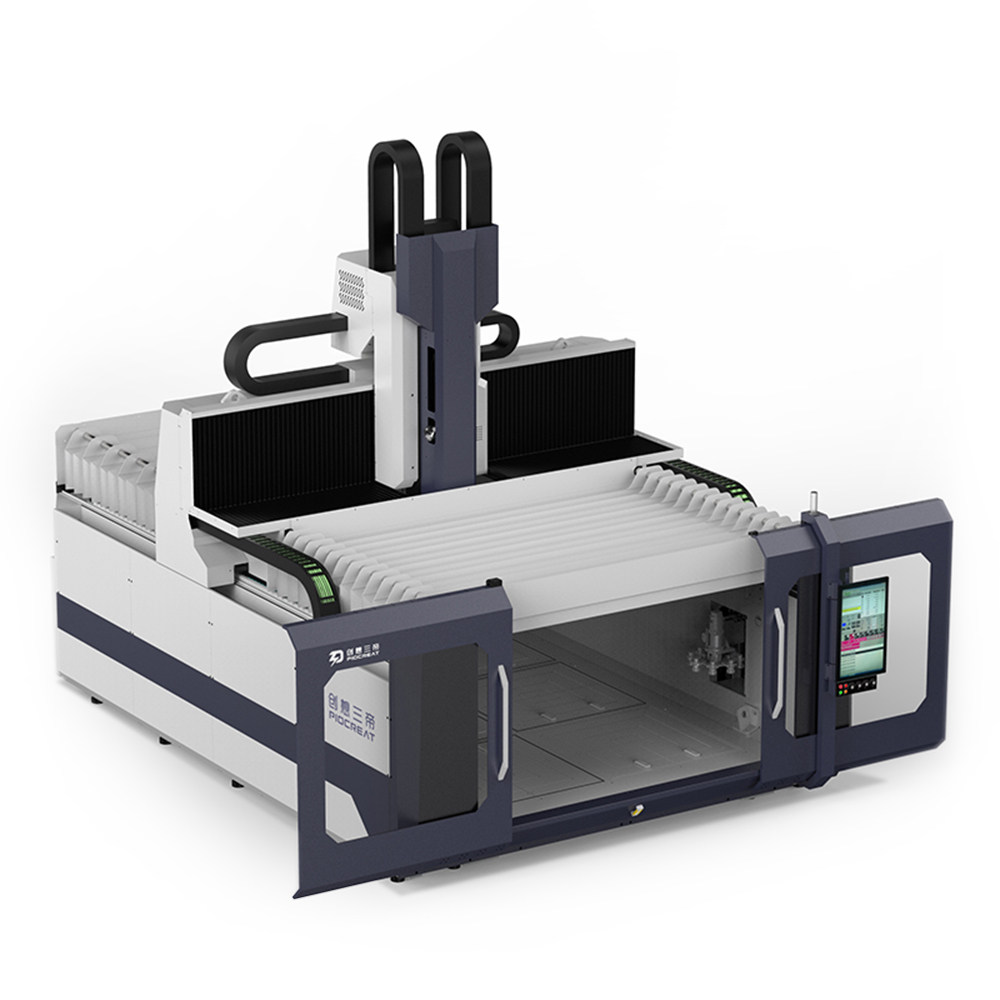Peek can also perform 3D printing, which is widely recognized in traditional manufacturing. Learn all about 3D printing with PEEK and Pei.
Peek is an organic thermoplastic polymer with a variety of mechanical properties, including high temperature performance, mechanical strength and excellent chemical resistance. This makes it a viable material for use with various additive manufacturing (AM) technologies. In the traditional manufacturing industry, peek based components have been adopted by many industries, surpassing the traditional left and right fields reserved for metals.
The British Imperial Chemical Industry Corporation (ICI) introduced polyether ether ketone (PEEK) in the 1980s. In its basic form, the material is a semi crystalline high-purity polymer, including two ether groups and one ketone group repeating monomers.
Peek, together with other family members (such as PEK, PEEKK, PEKK, or PEKEKK), belongs to the polyketone polymer family (Paek). However, due to its excellent performance and wide range of application, its performance is better than that of its relatives, which makes it the most widely used in this kind of specific polymers.
If you want to know some key data, we recommend that you use this exploratory peek performance overview table and chemical property data list.
Otherwise, let's look at some of the most famous properties of peek.
Characteristics of PEEK
Peek has some compelling features, especially in the production of functional prototypes and parts. The following is an overview of the most important attributes:
·Extremely resistant to extreme temperatures up to 260 ° C (480 ° f) and corrosive fluids, gases and high pressures
·It is insoluble in common solvents, can prevent its hydrolysis, and can be used without degradation due to high-pressure water or steam
·Light weight: PEEK has an inherent low specific gravity of 1.3 g / cm3, less than half of aluminum and one sixth of steel.
·High self-lubricating capacity and low friction
·Excellent creep resistance
·Little loss
·Good dimensional stability
·Low flammability and smoke emission during combustion
·Excellent insulation
·Excellent sterilization resistance at high temperature
·Complete biocompatibility
Some of these resistivity properties can be further enhanced by using peek in combination with composites such as glass fiber, graphite, molybdenum disulfide or carbon reinforced materials.
Limitations of PEEK
Unfortunately, like all materials in additive manufacturing, peek has some limitations.
First, it must be treated at very high temperatures. The melting point of PEEK is 343 ° C (649.4 ° f)
In terms of chemical resistance, peek is difficult to resist chlorine / bromide, concentrated sulfur and nitric acid, ketone and nitrobenzene. Peek is also corroded by halogen and sodium, which limits its use in some industrial fields.
In addition, peek has low resistance to ultraviolet light. This problem can be solved by adding a layer of pigment composed of special soot particles. Carbon filled grades provide improved UV stability and can be used in some applications where higher UV linearity is required.
In general, the technical advantages and possibilities far exceed the limitations of materials, thus opening up a wide range of applications. Peek based objects and parts can be used, and even replace common materials, such as metal or aluminum.
Common applications of PEEK
Because of its attractive performance, peek has been widely used in automotive, aerospace, medical and electrical engineering industries. Let's take a closer look at some applications.
The aerospace industry needs safe and reliable materials. Peek maintains excellent material properties even when exposed to high temperatures and corrosive fuels. Moreover, peek's fluoroplastics have a low friction coefficient, making it suitable for processing in a narrow space.
The use of PEEK based parts in aerospace begins with external parts because of their excellent resistance to rain erosion. As well as indoor use, because of its low smoke and toxic gas emissions and inherited flame retardancy, it reduces the risk of fire.
Overall, peek is replacing more and more aluminum and metal parts on aircraft. For example, clips, high-pressure hoses or electrical conduits. This can save up to 70% of the weight and greatly reduce the fuel cost. For example, reducing aircraft weight by only 45 kg in a fleet of 500 aircraft could save up to $5million in fuel costs per year.
Automobile industry
Peek has excellent fatigue resistance and chemical corrosion resistance, so it can be used in automotive fuel management system. Due to its light weight, it is replacing various active metal or aluminum components used in transmission, braking and air conditioning systems. This can include piston units, seals, washers or bearings, thereby significantly reducing weight and noise.
In addition, 3D printing custom parts for old cameras is a rapidly growing industry. They can cost 90% less than the original parts, that is, even though they can still be used or manufactured in an "old-fashioned way".
Peek's 3D printing skills
Now that you have a comprehensive understanding of PEEK and Pei, you may want to start printing by yourself.
When using peek or PEI for 3D printing, please keep the following basic skills in mind:
Consistent temperature
PEEK / PEI did not respond well at fluctuating or unstable temperatures. Therefore, if it is not necessary, it is strongly recommended to use a printer with an enclosed chamber. In order to get the best results when 3D printing PEEK / PEI, we recommend that you keep the 3D printer in an environment with the least temperature change and away from solar radiation and frequent patronage.
Beware of spots
Sometimes users will encounter black spots when printing with PEEK / PEI. Although there may be many reasons for this, the most common explanation is the impurities in the printing material used or the 3D printer cannot handle the required temperature.
Keep the nozzle clean
Always clean the nozzle after the printing process. All residual material should be removed from the nozzle, otherwise it may be blocked and eventually cause spots (as described above).
Pay attention to crystallization
Sometimes, incorrect crystallization may occur when printing with PEEK / PEI materials. If part of the printed copy is different in color, for example, contrary to the default beige color, it is brown, which may indicate incorrect crystallization. This may be caused by temperature fluctuations during printing



